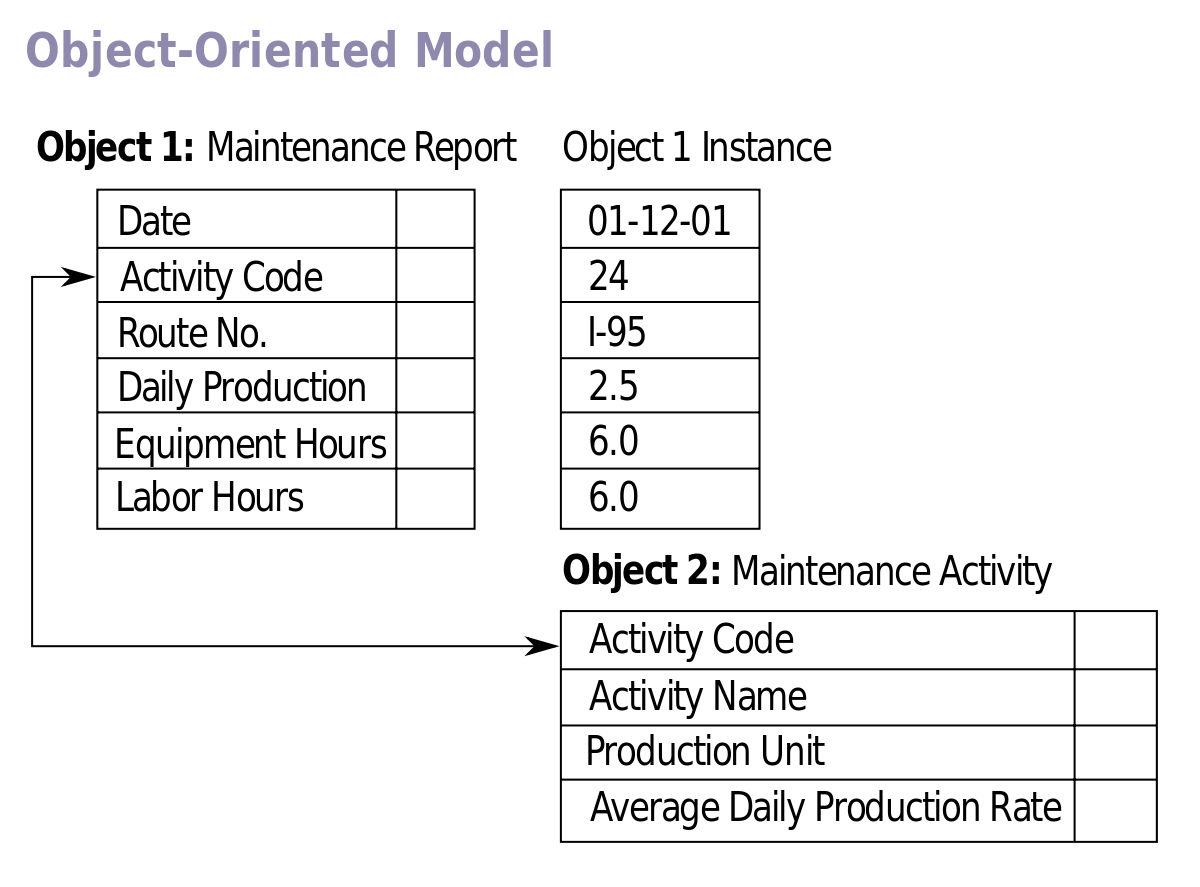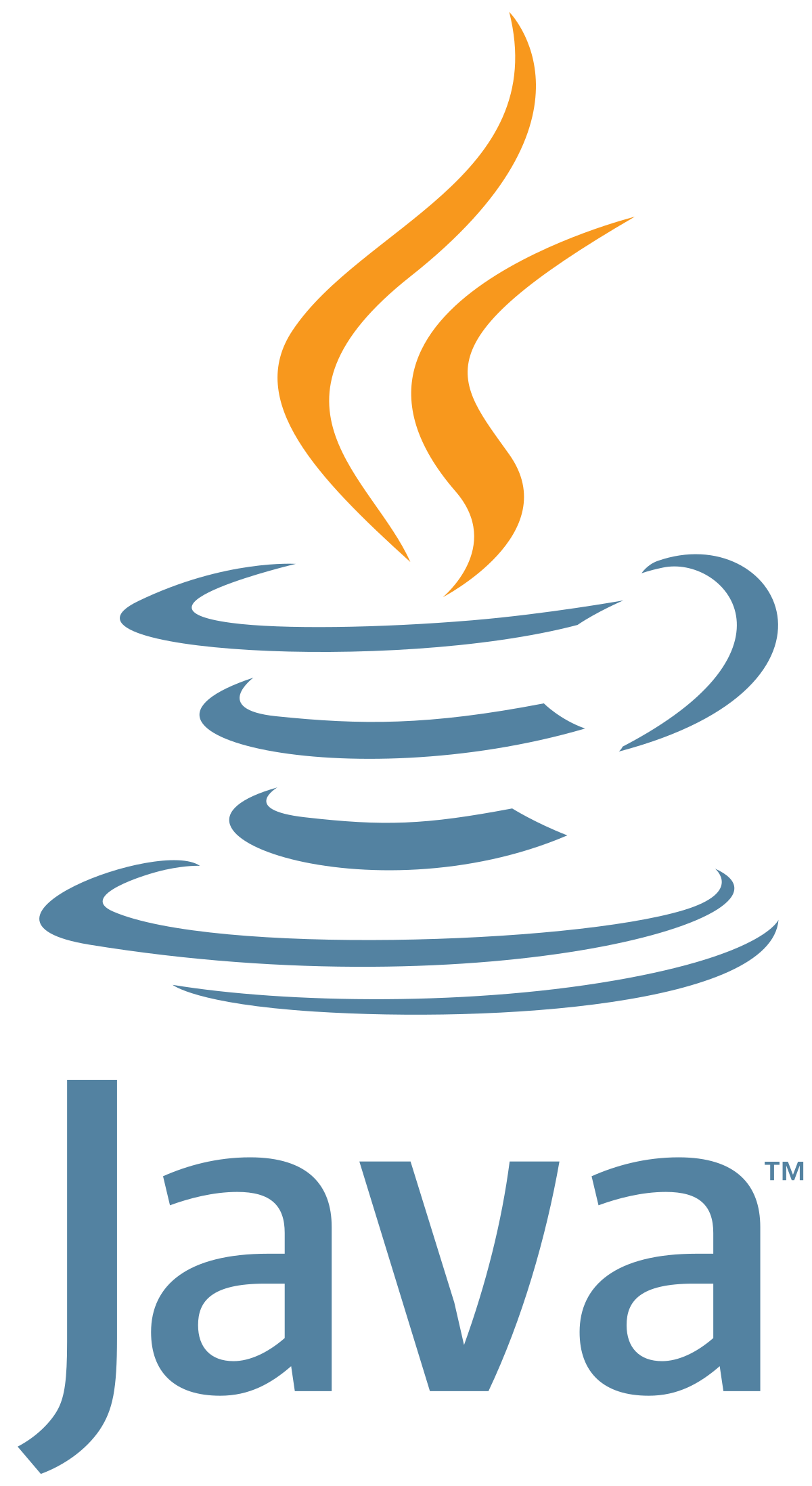White paper on Object orientated programming with Java
COURTESY :- vrindawan.in
Wikipedia
Object-oriented programming (OOP) is a programming paradigm based on the concept of “objects”, which can contain data and code: data in the form of fields (often known as attributes or properties), and code, in the form of procedures (often known as methods).

A common feature of objects is that procedures (or methods) are attached to them and can access and modify the object’s data fields. In this brand of OOP, there is usually a special name such as this or self used to refer to the current object. In OOP, computer programs are designed by making them out of objects that interact with one another. OOP languages are diverse, but the most popular ones are class-based, meaning that objects are instances of classes, which also determine their types.
Many of the most widely used programming languages (such as C++, Java, Python, etc.) are multi-paradigm and they support object-oriented programming to a greater or lesser degree, typically in combination with imperative, procedural programming. Significant object-oriented languages include: Java, C++, C#, Python, R, PHP, Visual Basic.NET, JavaScript, Ruby, Perl, SIM SCRIPT, Object Pascal, Objective-C, Dart, Swift, Scala, Kotlin, Common Lisp, MATLAB, and Small talk.
Terminology invoking “objects” and “oriented” in the modern sense of object-oriented programming made its first appearance at MIT in the late 1950s and early 1960s. In the environment of the artificial intelligence group, as early as 1960, “object” could refer to identified items (LISP atoms) with properties (attributes); Alan Kay later cited a detailed understanding of LISP internals as a strong influence on his thinking in 1966.
I thought of objects being like biological cells and/or individual computers on a network, only able to communicate with messages (so messaging came at the very beginning – it took a while to see how to do messaging in a programming language efficiently enough to be useful).
Another early MIT example was Sketchpad created by Ivan Sutherland in 1960–1961; in the glossary of the 1963 technical report based on his dissertation about Sketchpad, Sutherland defined notions of “object” and “instance” (with the class concept covered by “master” or “definition”), albeit specialized to graphical interaction. Also, an MIT ALGOL version, AED-0, established a direct link between data structures (“plexes”, in that dialect) and procedures, prefiguring what were later termed “messages”, “methods”, and “member functions”.
Simula introduced important concepts that are today an essential part of object-oriented programming, such as class and object, inheritance, and dynamic binding. The object-oriented Simula programming language was used mainly by researchers involved with physical modelling, such as models to study and improve the movement of ships and their content through cargo ports.
In the 1970s, the first version of the Smalltalk programming language was developed at Xerox PARC by Alan Kay, Dan Ingalls and Adele Goldberg. Smalltalk-72 included a programming environment and was dynamically typed, and at first was interpreted, not compiled. Smalltalk became noted for its application of object orientation at the language-level and its graphical development environment. Smalltalk went through various versions and interest in the language grew. While Smalltalk was influenced by the ideas introduced in Simula 67 it was designed to be a fully dynamic system in which classes could be created and modified dynamically.
In the 1970s, Smalltalk influenced the Lisp community to incorporate object-based techniques that were introduced to developers via the Lisp machine. Experimentation with various extensions to Lisp (such as LOOPS and Flavors introducing multiple inheritance and mixins) eventually led to the Common Lisp Object System, which integrates functional programming and object-oriented programming and allows extension via a Meta-object protocol. In the 1980s, there were a few attempts to design processor architectures that included hardware support for objects in memory but these were not successful. Examples include the Intel iAPX 432 and the Linn Smart Rekursiv.
In 1981, Goldberg edited the August issue of Byte Magazine, introducing Small talk and object-oriented programming to a wider audience. In 1986, the Association for Computing Machinery organised the first Conference on Object-Oriented Programming, Systems, Languages, and Applications (OOPSLA), which was unexpectedly attended by 1,000 people. In the mid-1980s Objective-C was developed by Brad Cox, who had used Smalltalk at ITT Inc., and Bjarne Stroustrup, who had used Simula for his PhD thesis, eventually went to create the object-oriented C++. In 1985, Bertrand Meyer also produced the first design of the Eiffel language. Focused on software quality, Eiffel is a purely object-oriented programming language and a notation supporting the entire software lifecycle. Meyer described the Eiffel software development method, based on a small number of key ideas from software engineering and computer science, in Object-Oriented Software Construction. Essential to the quality focus of Eiffel is Meyer’s reliability mechanism, Design by Contract, which is an integral part of both the method and language.
In the early and mid-1990s object-oriented programming developed as the dominant programming paradigm when programming languages supporting the techniques became widely available. These included Visual FoxPro 3.0, C++, and Delphi. Its dominance was further enhanced by the rising popularity of graphical user interfaces, which rely heavily upon object-oriented programming techniques. An example of a closely related dynamic GUI library and OOP language can be found in the Cocoa frameworks on Mac OS X, written in Objective-C, an object-oriented, dynamic messaging extension to C based on Smalltalk. OOP toolkits also enhanced the popularity of event-driven programming (although this concept is not limited to OOP).
At ETH Zürich, Niklaus Wirth and his colleagues had also been investigating such topics as data abstraction and modular programming (although this had been in common use in the 1960s or earlier). Modula-2 (1978) included both, and their succeeding design, Oberon, included a distinctive approach to object orientation, classes, and such.
Object-oriented features have been added to many previously existing languages, including Ada, BASIC, Fortran, Pascal, and COBOL. Adding these features to languages that were not initially designed for them often led to problems with compatibility and maintainability of code.
More recently, a number of languages have emerged that are primarily object-oriented, but that are also compatible with procedural methodology. Two such languages are Python and Ruby. Probably the most commercially important recent object-oriented languages are Java, developed by Sun Microsystems, as well as C# and Visual Basic.NET (VB.NET), both designed for Microsoft’s .NET platform. Each of these two frameworks shows, in its own way, the benefit of using OOP by creating an abstraction from implementation. VB.NET and C# support cross-language inheritance, allowing classes defined in one language to subclass classes defined in the other language.
Java is a high-level, class-based, object-oriented programming language that is designed to have as few implementation dependencies as possible. It is a general-purpose programming language intended to let programmers write once, run anywhere (WORA), meaning that compiled Java code can run on all platforms that support Java without the need to recompile. Java applications are typically compiled to byte code that can run on any Java virtual machine (JVM) regardless of the underlying computer architecture. The syntax of Java is similar to C and C++, but has fewer low-level facilities than either of them. The Java runtime provides dynamic capabilities (such as reflection and runtime code modification) that are typically not available in traditional compiled languages. As of 2019, Java was one of the most popular programming languages in use according to GitHub, particularly for client–server web applications, with a reported 9 million developers.
Java was originally developed by James Gosling at Sun Micro systems. It was released in May 1995 as a core component of Sun Microsystems’ Java platform. The original and reference implementation Java compilers, virtual machines, and class libraries were originally released by Sun under proprietary licenses. As of May 2007, in compliance with the specifications of the Java Community Process, Sun had relicensed most of its Java technologies under the GPL-2.0-only license. Oracle offers its own Hot Spot Java Virtual Machine, however the official reference implementation is the Open JDK JVM which is free open-source software and used by most developers and is the default JVM for almost all Linux distributions.
As of September 2022, Java 19 is the latest version, while Java 17, 11 and 8 are the current long-term support (LTS) versions.
James Gosling, Mike Sheridan, and Patrick Naughton initiated the Java language project in June 1991. Java was originally designed for interactive television, but it was too advanced for the digital cable television industry at the time. The language was initially called Oak after an oak tree that stood outside Gosling’s office. Later the project went by the name Green and was finally renamed Java, from Java coffee, a type of coffee from Indonesia. Gosling designed Java with a C/C++-style syntax that system and application programmers would find familiar.

Sun Micro systems released the first public implementation as Java 1.0 in 1996. It promised write once, run anywhere (WORA) functionality, providing no-cost run-times on popular platforms. Fairly secure and featuring configurable security, it allowed network- and file-access restrictions. Major web browsers soon incorporated the ability to run Java applets within web pages, and Java quickly became popular. The Java 1.0 compiler was re-written in Java by Arthur van Hoff to comply strictly with the Java 1.0 language specification. With the advent of Java 2 (released initially as J2SE 1.2 in December 1998 – 1999), new versions had multiple configurations built for different types of platforms. J2EE included technologies and APIs for enterprise applications typically run in server environments, while J2ME featured APIs optimized for mobile applications. The desktop version was renamed J2SE. In 2006, for marketing purposes, Sun renamed new J2 versions as Java EE, Java ME, and Java SE, respectively.
